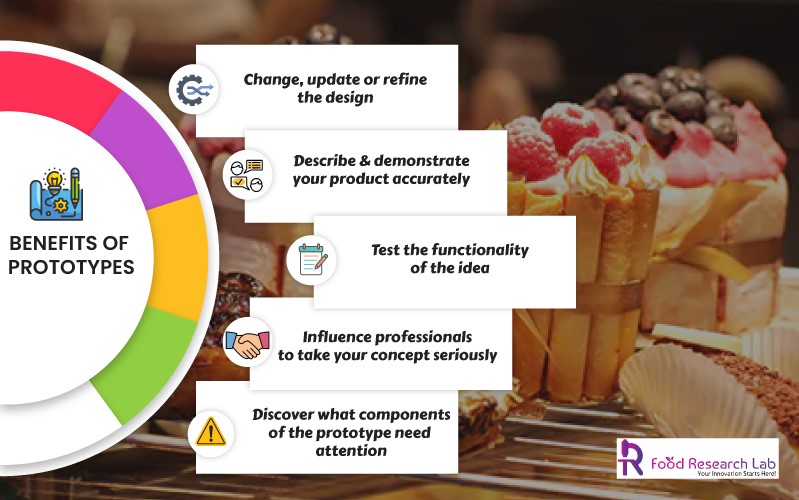
Food Prototyping and its Applications
Prototype Development:
Once the firm has a good notion of what they want to manufacture, they start working on a prototype or “gold standard” of how the product appears and tastes. This can be done at the company’s test kitchen or a third-party testing facility. Testing using a kitchen scale avoids wasting ingredients because it will almost certainly need a lot of trial and error to get the desired result. A culinologist, or someone talented in the culinary arts and knows food science, is required for the prototype creation process.
Post Development:
Following the development of a prototype, the product is evaluated on a bigger scale, referred to as a pilot plant. This is done to imitate commercial manufacturing and finalize product specs. This is critical since some requirements may change as the process scales up. Cooking a modest pot of stew for three people at home, for example, is likely to be very different from preparing the same dish for forty people coming over for Thanksgiving dinner. Cooking times and temperatures, and spice ratios may need to be adjusted to achieve the desired taste. Before scaling up, pilot-scale testing helps you to make the required adjustments.
For start-ups and established businesses, prototyping is critical in designing a new product and ensuring a systematic approach. While developing a new product is thrilling, it has an impact on a company’s everyday operations. As a result, we at “Food Research Lab” assist you in producing a prototype in line with your ideas and specifications.






